Home>Renovation & DIY>DIY Projects & Ideas>What To Put On Galvanized Pipe Threads For DIY Projects


DIY Projects & Ideas
What To Put On Galvanized Pipe Threads For DIY Projects
Modified: January 4, 2024
Discover the best options for sealing galvanized pipe threads for your DIY projects. Get expert tips and ideas for DIY projects and more.
(Many of the links in this article redirect to a specific reviewed product. Your purchase of these products through affiliate links helps to generate commission for Storables.com, at no extra cost. Learn more)
Introduction
When it comes to DIY projects involving plumbing or outdoor structures, galvanized pipes are a popular choice due to their durability and resistance to corrosion. However, ensuring a proper seal on the threaded connections is crucial to prevent leaks and maintain the integrity of the project. In this article, we’ll delve into the essential knowledge of galvanized pipe threads and explore the best sealants for various DIY applications. Whether you’re constructing a garden trellis, installing a water line, or embarking on any other galvanized pipe project, understanding the options for sealing the threads is paramount to the success and longevity of your endeavor.
Key Takeaways:
- Choose Teflon tape for water, air, or chemical projects. It’s easy to use and prevents leaks in smaller pipes without the mess.
- Use pipe dope for versatile sealing in gas lines, HVAC, and industrial piping. It resists pressure, vibration, and varying temperatures for secure connections.
Understanding Galvanized Pipe Threads
Galvanized pipes are steel pipes that have been coated with a layer of zinc to protect them from corrosion. The threaded connections on galvanized pipes play a crucial role in ensuring a secure and leak-free joint. These threads are designed to create a tight seal when properly connected, preventing water, gas, or other substances from escaping.
It’s essential to understand the nature of galvanized pipe threads to effectively seal them. The threads on galvanized pipes are tapered, meaning they are wider at the base and narrower at the end. This tapering allows the threads to form a tight seal as the pipes are joined together, creating a secure connection that is resistant to leaks.
When working with galvanized pipe threads, it’s important to use the appropriate sealant to ensure a reliable and long-lasting connection. In the following sections, we’ll explore two common types of sealants – Teflon tape and pipe dope – and discuss the scenarios in which each is most suitable for DIY projects involving galvanized pipes.
Thread Sealants for Galvanized Pipe
Choosing the right thread sealant is crucial for achieving a secure and leak-free connection when working with galvanized pipes. Two primary types of sealants are commonly used for this purpose: Teflon tape and pipe dope. Each of these sealants offers distinct advantages and is suitable for different applications, so understanding their properties and best uses is essential for successful DIY projects involving galvanized pipes.
Both Teflon tape and pipe dope are designed to fill the gaps between the threaded connections, creating a tight seal that prevents leaks. However, they differ in composition and application, making them suitable for specific scenarios.
It’s important to note that when selecting a thread sealant for galvanized pipes, consideration should be given to factors such as the type of material being transported through the pipes (e.g., water, gas, or chemicals), the operating pressure, and the environmental conditions. By understanding the characteristics of each sealant, DIY enthusiasts can make informed decisions about which product is best suited for their specific project needs.
Teflon Tape
Teflon tape, also known as plumber’s tape or PTFE tape, is a popular thread sealant used in plumbing and pipe fitting applications. It is made from thin, flexible, and tear-resistant polytetrafluoroethylene (PTFE) film that is highly resistant to chemicals, corrosion, and high temperatures. Teflon tape is available in different widths and thicknesses, allowing for versatility in various pipe sealing tasks.
When applying Teflon tape to galvanized pipe threads, it is essential to wrap the tape carefully in the direction of the threads to ensure a tight and secure fit. The tape fills the gaps between the threads, effectively sealing the connection and preventing leaks. One of the key benefits of Teflon tape is its ease of use, making it an ideal choice for DIY enthusiasts and professionals alike.
Additionally, Teflon tape is suitable for sealing threaded connections in applications involving water, air, and certain chemicals. It is non-reactive, non-conductive, and compatible with a wide range of pipe materials, making it a versatile and reliable choice for many DIY projects.
When using Teflon tape, it is important to apply the appropriate number of wraps to achieve a proper seal. Excessive wrapping can lead to over-tightening of the connection, potentially causing damage to the threads or fittings. Conversely, insufficient wrapping may result in inadequate sealing, leading to leaks. By following best practices for applying Teflon tape, DIY enthusiasts can ensure a secure and durable connection for their galvanized pipe projects.
Use Teflon tape or pipe dope on galvanized pipe threads to create a tight seal and prevent leaks. Wrap the tape or apply the dope in the direction of the threads to ensure a secure fit.
Pipe Dope
Pipe dope, also known as thread sealant or joint compound, is a paste-like substance used to seal the threaded connections of pipes and fittings. It is formulated to fill the gaps between the threads, creating a tight seal that prevents leakage and corrosion. Pipe dope is available in various formulations, including those designed specifically for galvanized pipe applications.
One of the primary advantages of pipe dope is its versatility and adaptability to different pipe materials and fluid types. It can be used with galvanized steel, iron, brass, copper, and other metal pipes, making it a suitable choice for a wide range of DIY projects. Additionally, pipe dope is compatible with various fluids, including water, gas, and certain chemicals, enhancing its utility in diverse applications.
When applying pipe dope to galvanized pipe threads, it is important to use a brush or applicator to coat the threads evenly. This ensures that the entire threaded surface is sealed, providing comprehensive protection against leaks and corrosion. Proper application of pipe dope requires attention to detail and a thorough understanding of the specific requirements of the project.
In addition to its sealing properties, pipe dope often contains compounds that provide lubrication, making it easier to assemble and disassemble threaded connections. This lubricating effect can be particularly beneficial when working with large or complex pipe systems, facilitating maintenance and repairs over time.
DIY enthusiasts should be mindful of the curing time of pipe dope, as some formulations require a certain period to set and create a reliable seal. Understanding the manufacturer’s recommendations and best practices for application and curing will contribute to the effectiveness and longevity of the sealed connections.
Read more: How To Make A Galvanized Pipe Towel Bar
When to Use Each Sealant
Choosing the appropriate sealant for galvanized pipe threads depends on the specific requirements of the project and the nature of the substances being transported through the pipes. Understanding the distinct characteristics and best uses of Teflon tape and pipe dope is essential for making informed decisions when sealing threaded connections in DIY projects.
- Teflon Tape: Teflon tape is well-suited for applications involving water, air, and certain chemicals. It is an excellent choice for sealing threaded connections in plumbing, irrigation systems, and other projects where a clean and easy-to-use sealant is desired. Teflon tape is particularly effective for smaller diameter pipes and fittings, providing a reliable seal without the mess associated with some other sealants.
- Pipe Dope: Pipe dope is a versatile sealant suitable for a wide range of pipe materials and fluid types. It is an ideal choice for sealing threaded connections in applications where resistance to vibration, pressure, and varying temperatures is crucial. Pipe dope is commonly used in gas line installations, HVAC systems, and industrial piping, where its sealing and lubricating properties are highly beneficial.
When determining which sealant to use, factors such as the operating pressure, temperature, and compatibility with the pipe material and fluid should be carefully considered. Additionally, the ease of application and the need for disassembly or future maintenance can influence the choice between Teflon tape and pipe dope.
For DIY enthusiasts, understanding the specific requirements of their projects and the characteristics of each sealant is key to achieving secure and durable threaded connections. By selecting the appropriate sealant based on the unique demands of the application, DIY enthusiasts can ensure the long-term reliability and integrity of their galvanized pipe projects.
Conclusion
Sealing threaded connections on galvanized pipes is a critical aspect of many DIY projects, and the choice of the appropriate sealant can significantly impact the integrity and longevity of the connections. By understanding the properties and best uses of Teflon tape and pipe dope, DIY enthusiasts can make informed decisions when sealing galvanized pipe threads for various applications.
Both Teflon tape and pipe dope offer unique advantages and are suitable for different scenarios. Teflon tape is well-suited for applications involving water, air, and certain chemicals, providing a clean and easy-to-use sealing solution. On the other hand, pipe dope’s versatility and compatibility with a wide range of pipe materials and fluid types make it an ideal choice for applications requiring resistance to vibration, pressure, and varying temperatures.
When embarking on DIY projects involving galvanized pipes, it is essential to consider the specific requirements of the project, including the type of fluid being transported, operating conditions, and environmental factors. By carefully evaluating these considerations, DIY enthusiasts can select the most appropriate sealant for achieving secure and leak-free threaded connections.
Ultimately, the successful application of Teflon tape or pipe dope relies on proper installation techniques and adherence to best practices. Ensuring that the threads are clean, properly aligned, and evenly coated with the chosen sealant is crucial for creating reliable seals that withstand the demands of the application.
By leveraging the knowledge and insights shared in this article, DIY enthusiasts can approach their galvanized pipe projects with confidence, knowing that they have the information needed to select and apply the most suitable sealant for their specific needs. With the right sealant in hand, DIY projects involving galvanized pipes can be completed with the assurance of secure, leak-free connections that stand the test of time.
Frequently Asked Questions about What To Put On Galvanized Pipe Threads For DIY Projects
Was this page helpful?
At Storables.com, we guarantee accurate and reliable information. Our content, validated by Expert Board Contributors, is crafted following stringent Editorial Policies. We're committed to providing you with well-researched, expert-backed insights for all your informational needs.
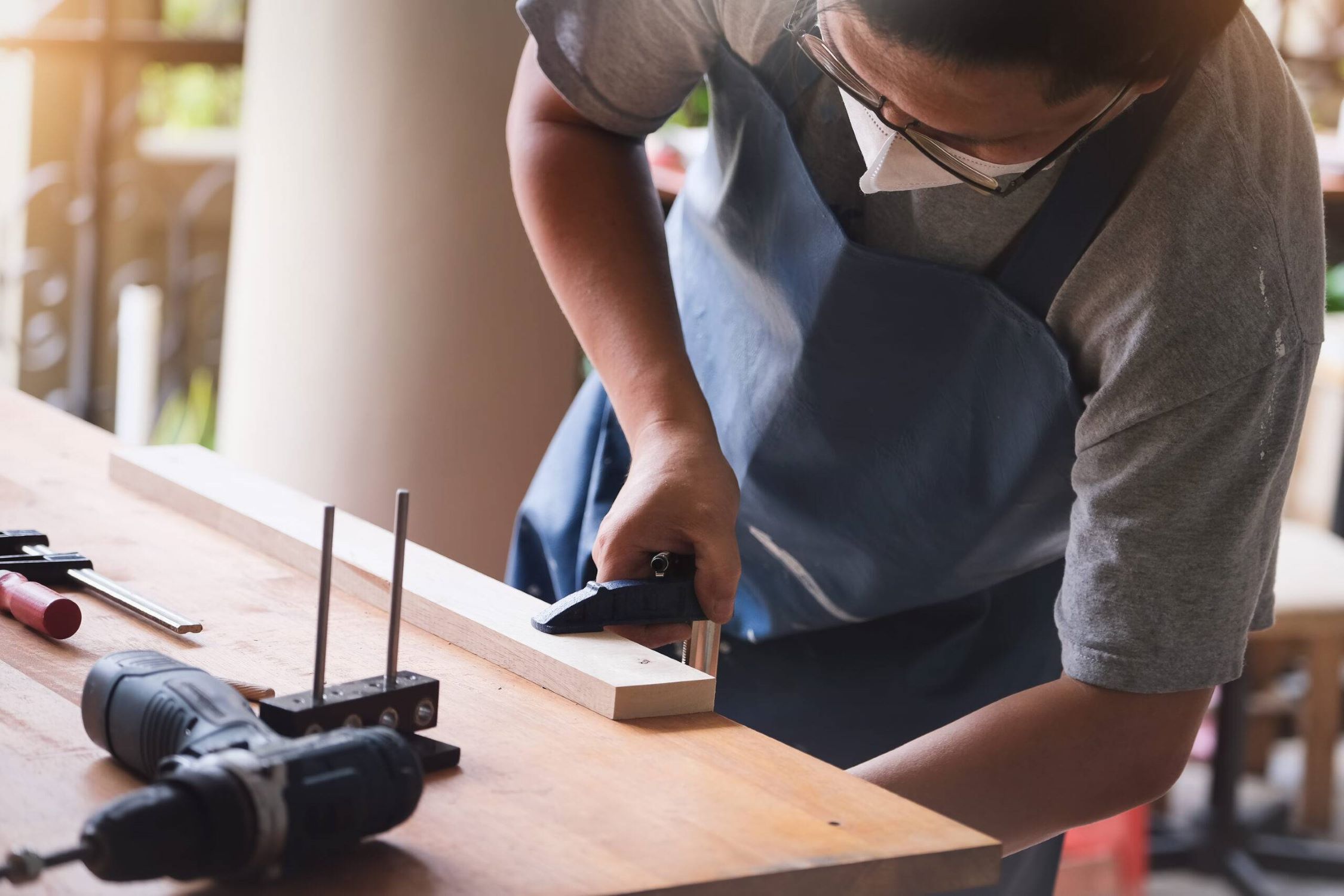
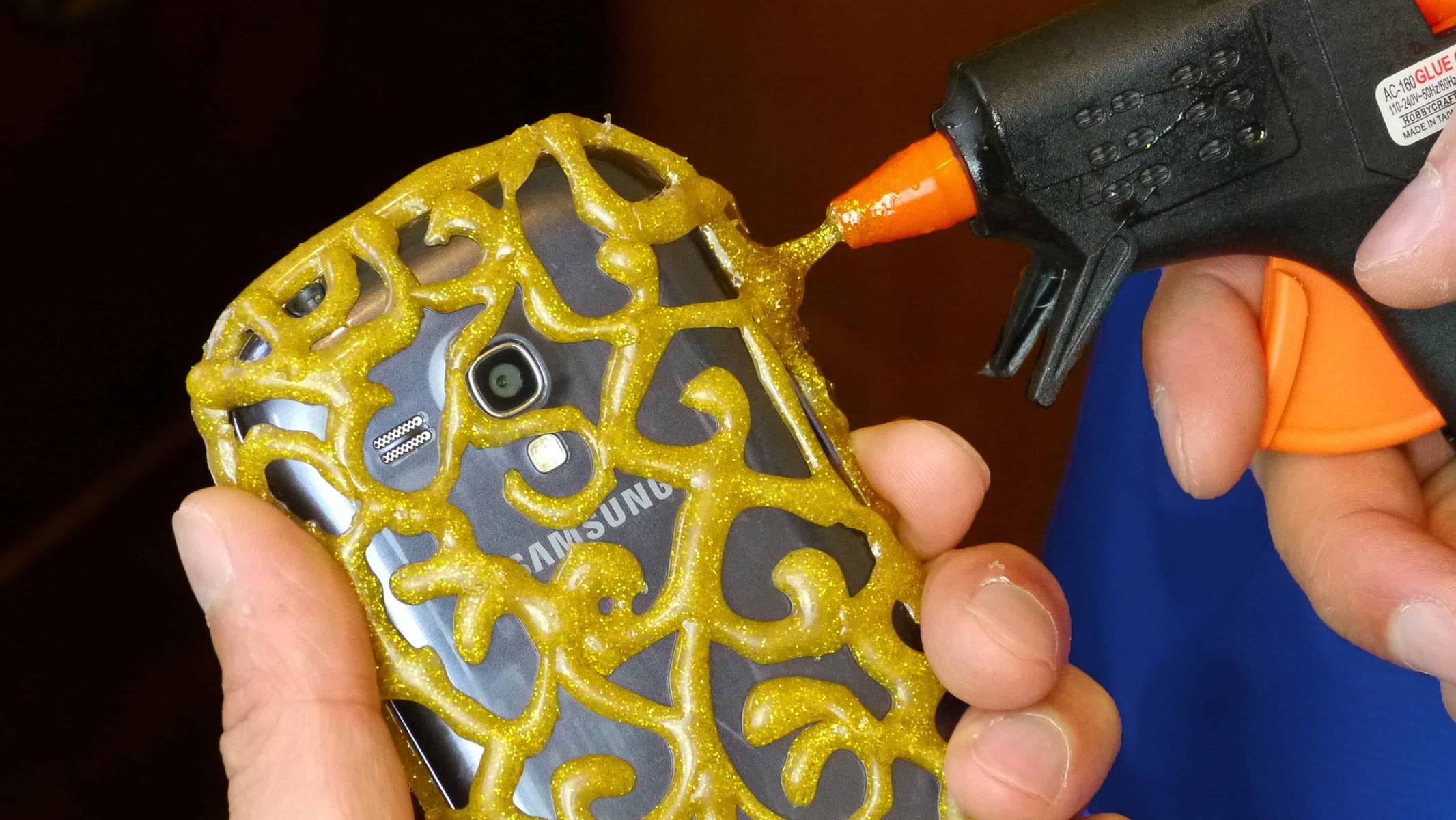

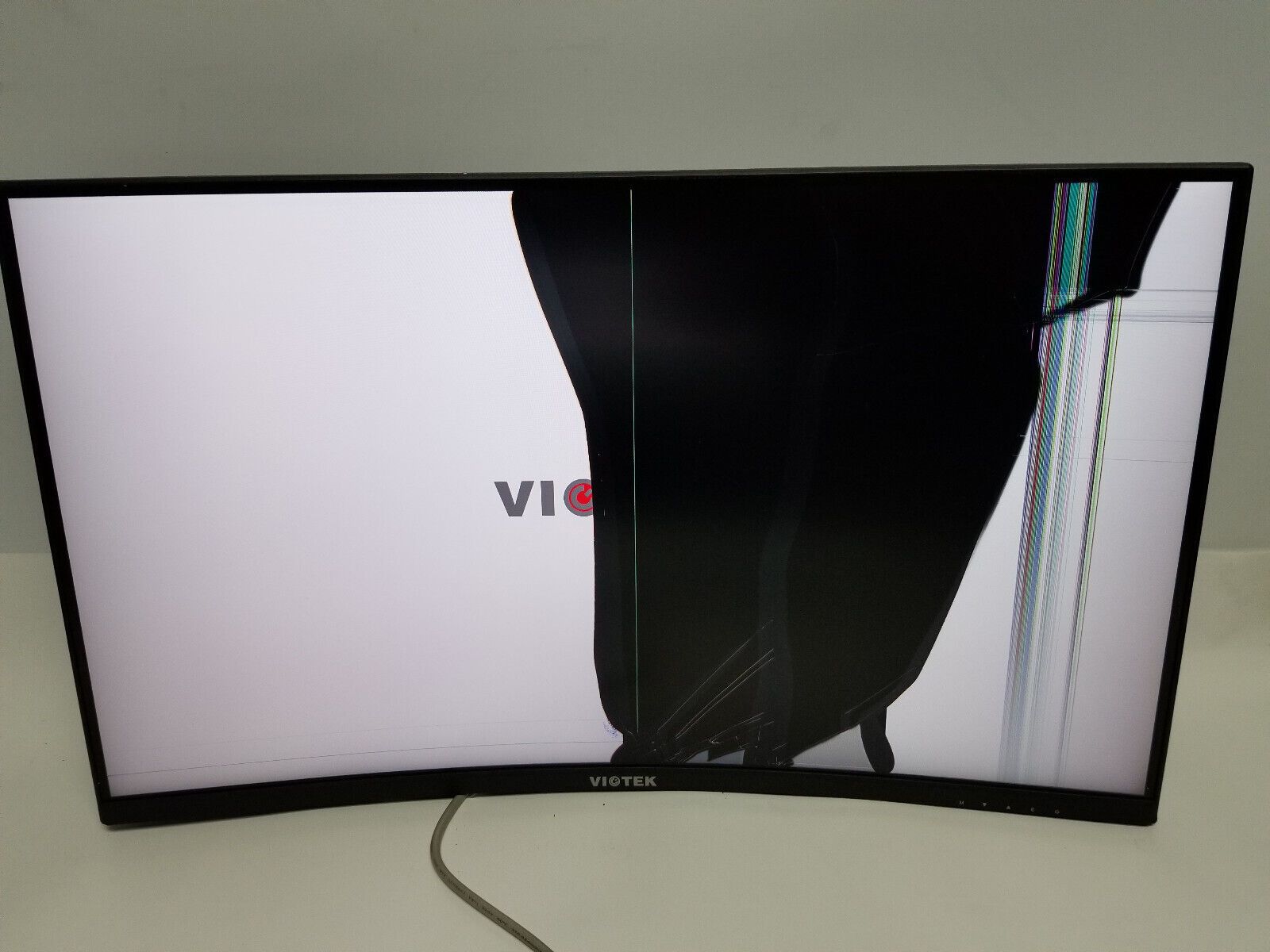
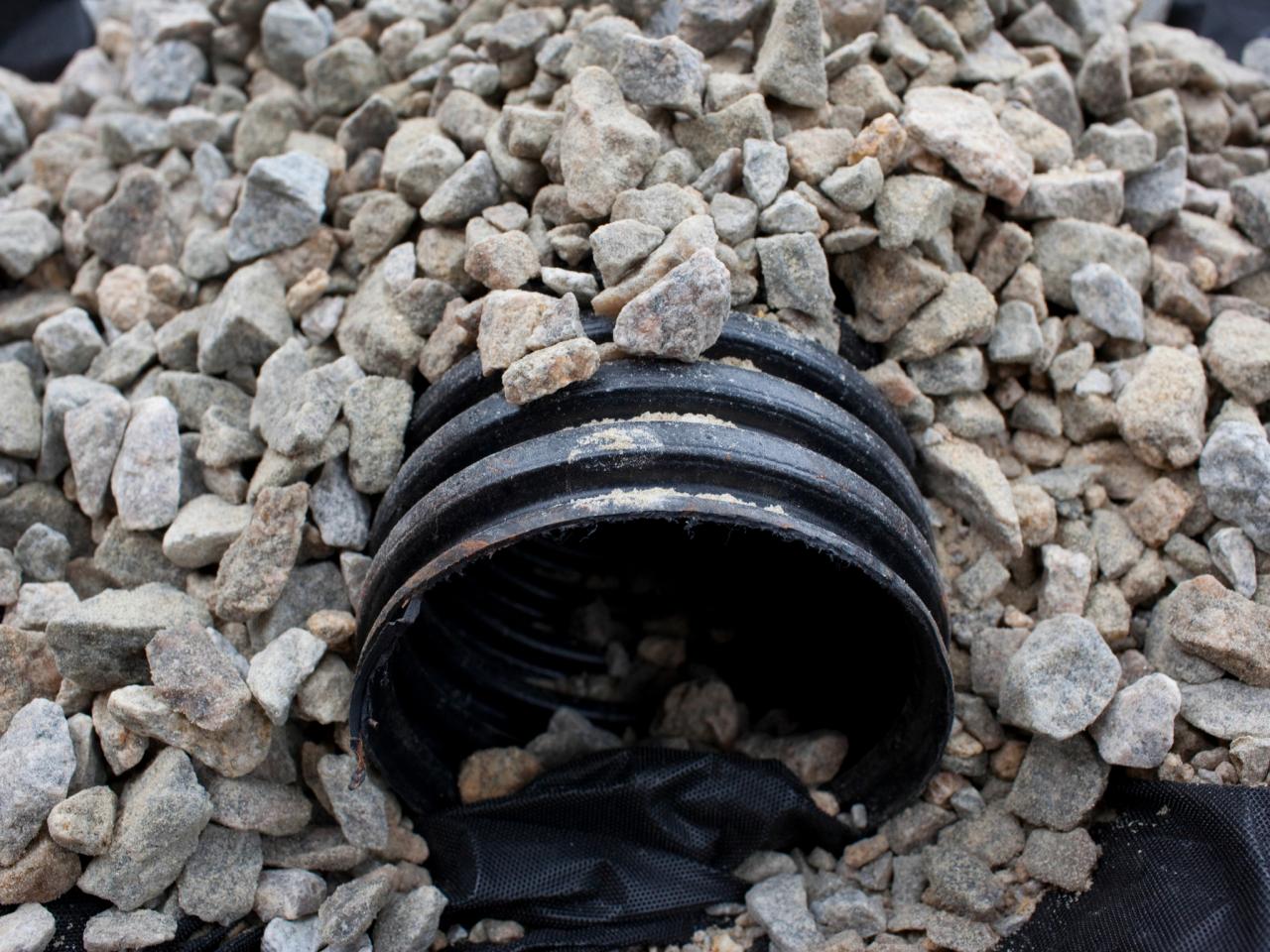

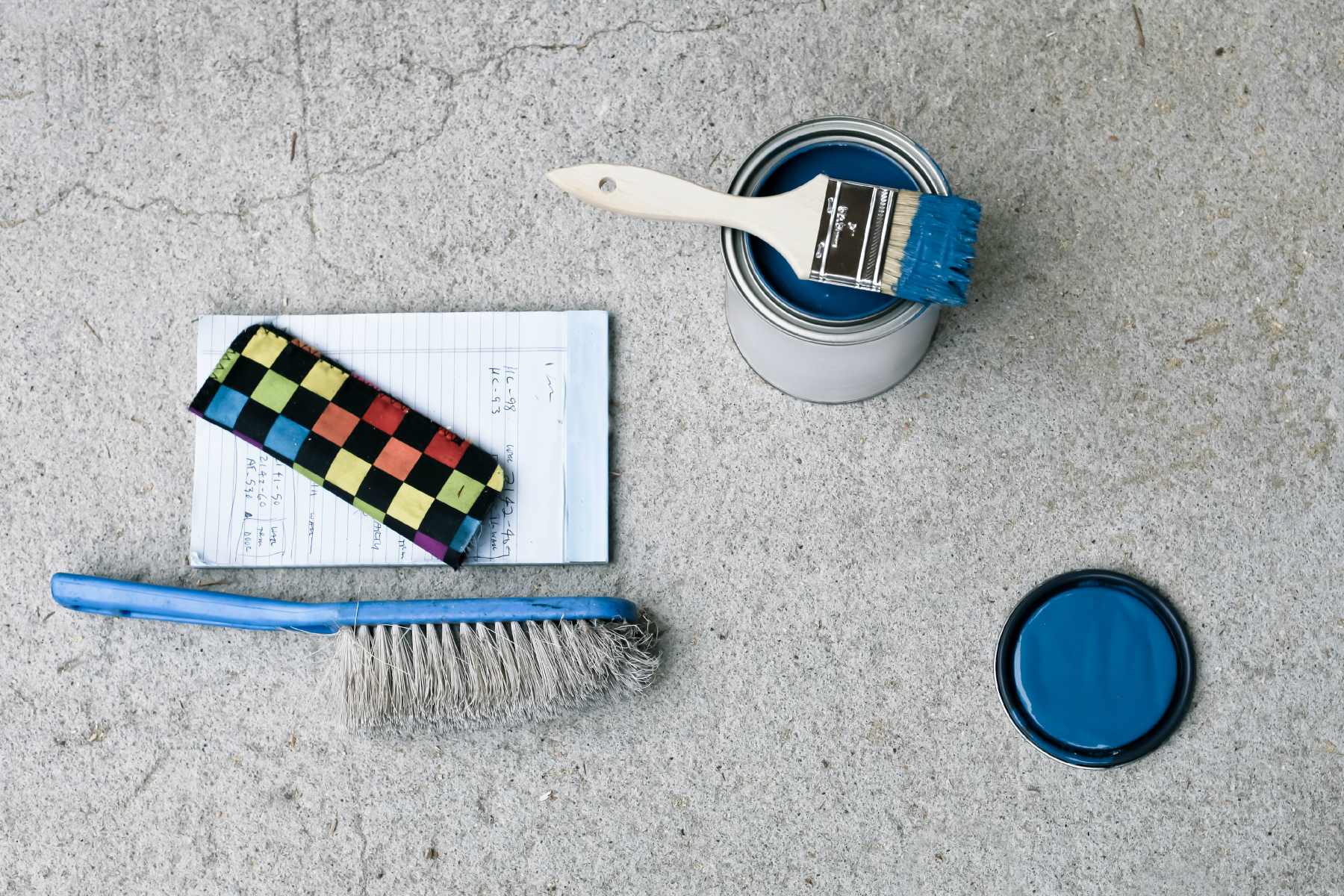

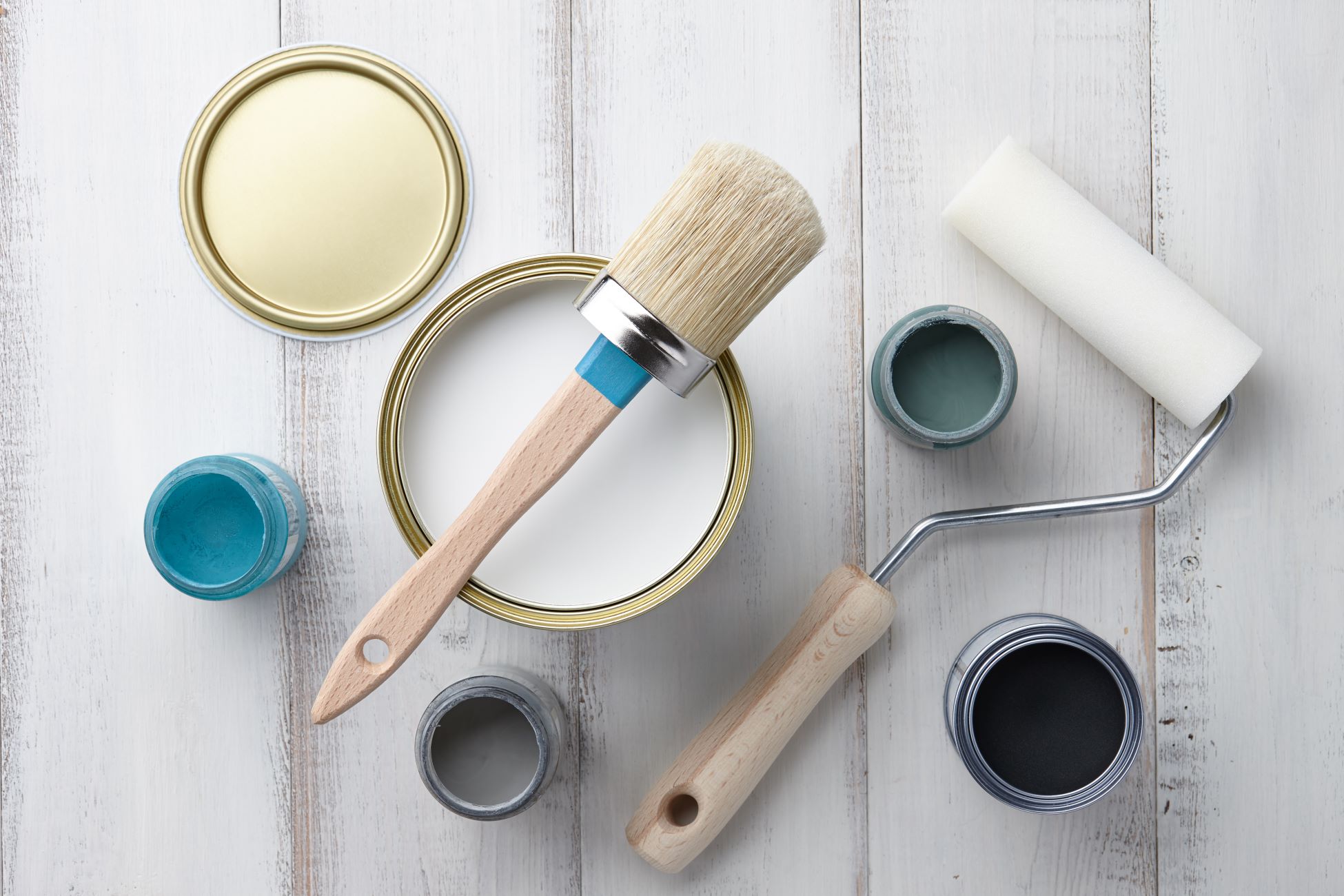
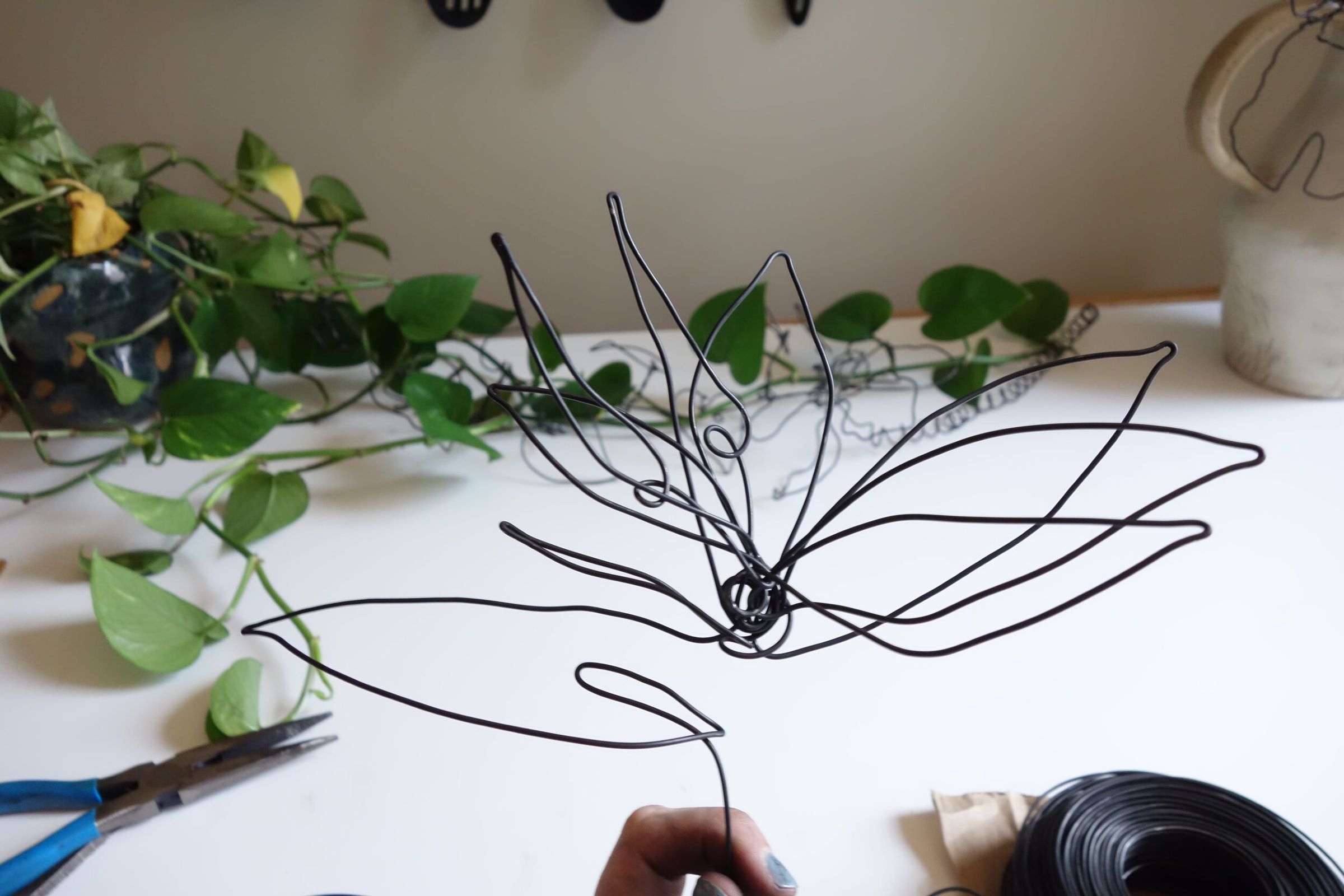


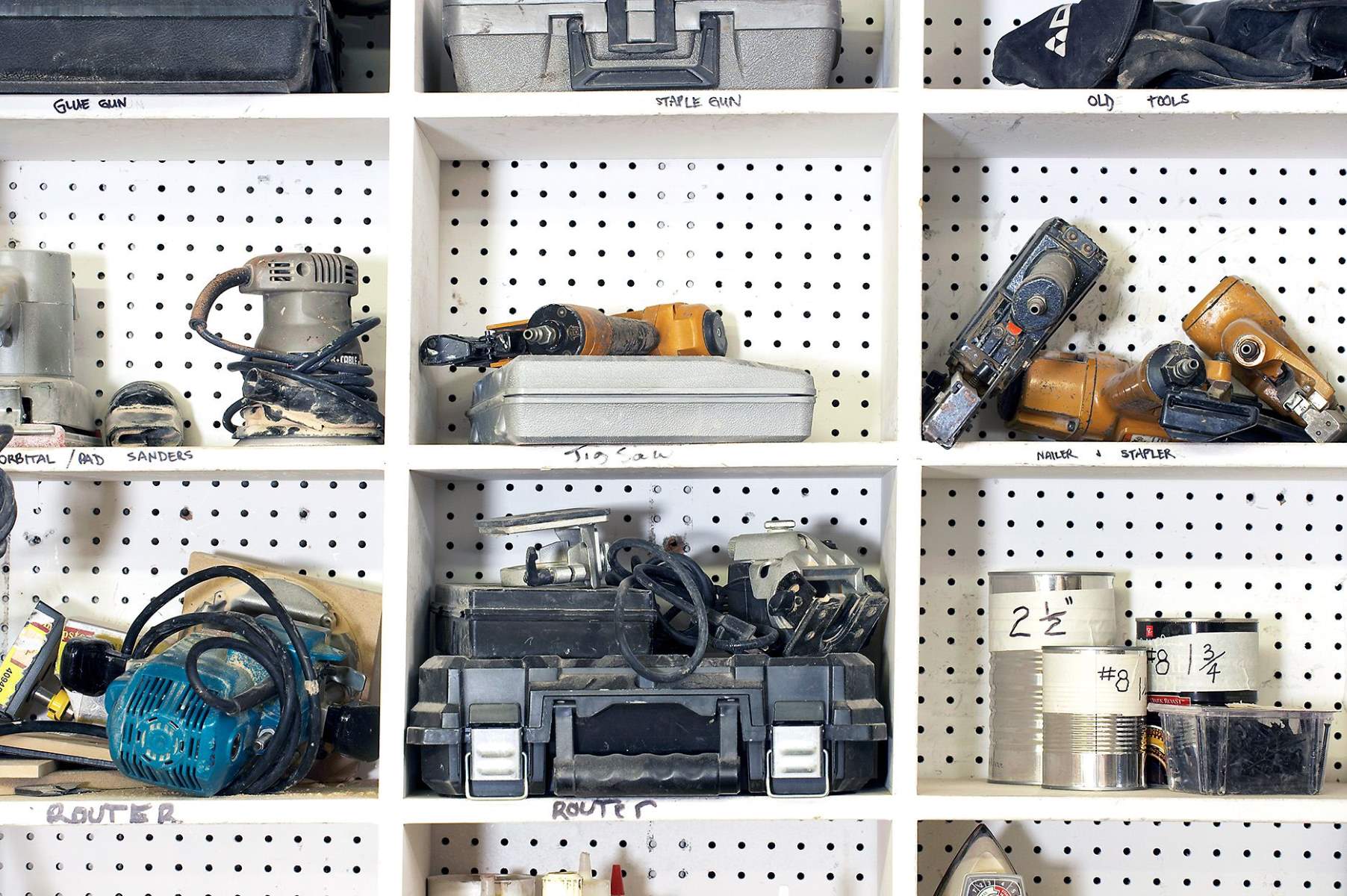
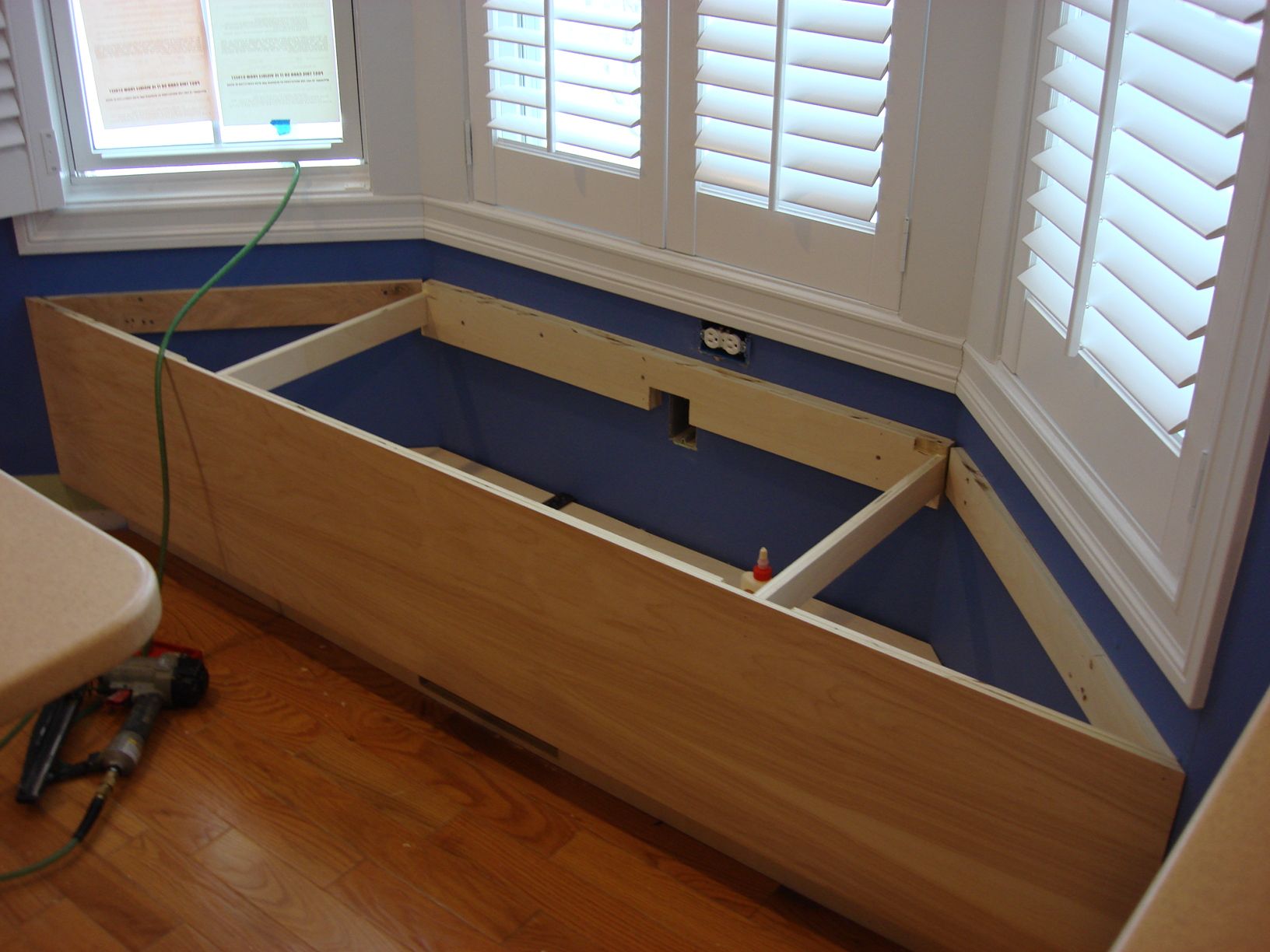

0 thoughts on “What To Put On Galvanized Pipe Threads For DIY Projects”